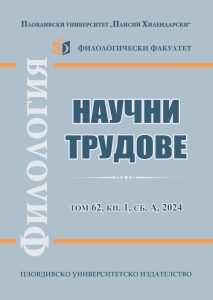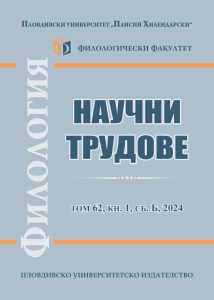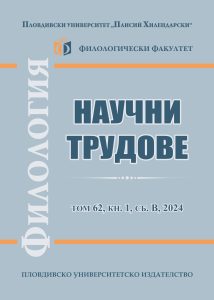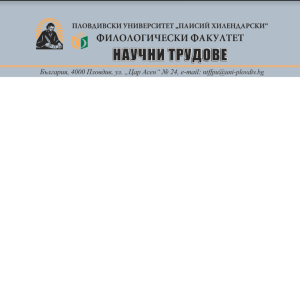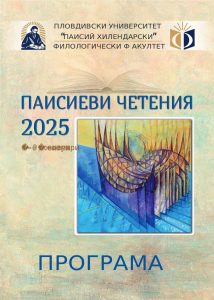VOL. 61, BOOK 1, PART B, 2023, pp. 242 – 256 Full text (En)
Author: Nikolay Stankov
Affiliation: St. Cyril and St. Methodius University of Veliko Tarnovo
Abstract
The study investigates from a quantitative perspective the overall development of the morphology of the Bulgarian language in the past 100 years. It aims to determine whether and to what extent the language has become more or less analytic or synthetic. Additionally, the quantitative morphological differences between three text types – literary, scientific and journalistic – are measured and analysed. The study finds that Bulgarian has simultaneously become less analytic and less synthetic, resulting in a decrease of the grammatical information encoded in texts. A high level of syntheticity is measured in scientific texts, while literary works exhibit a relatively high level of analyticity.
Key words: typological profiling, analyticity index, syntheticity index, grammaticity, Bulgarian


